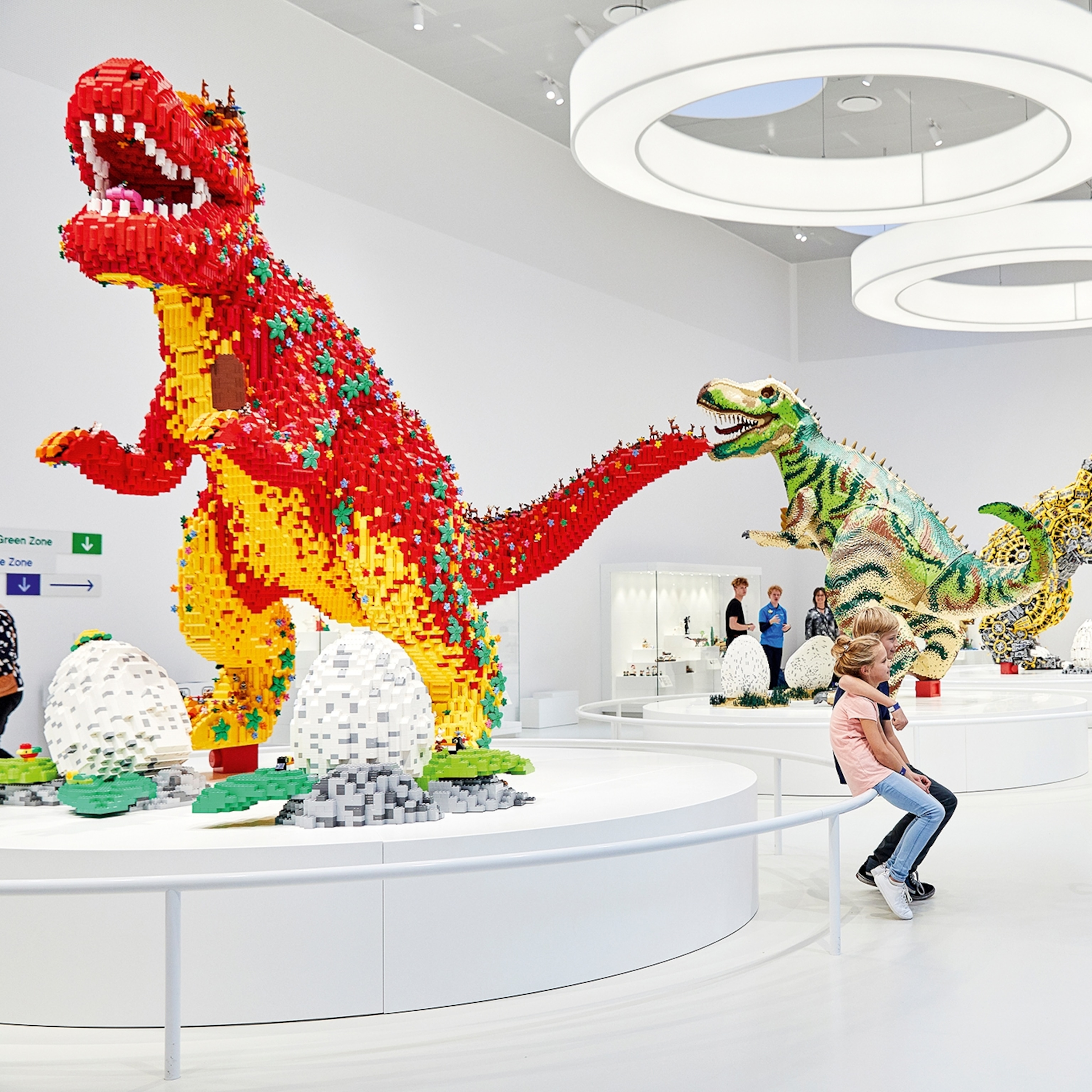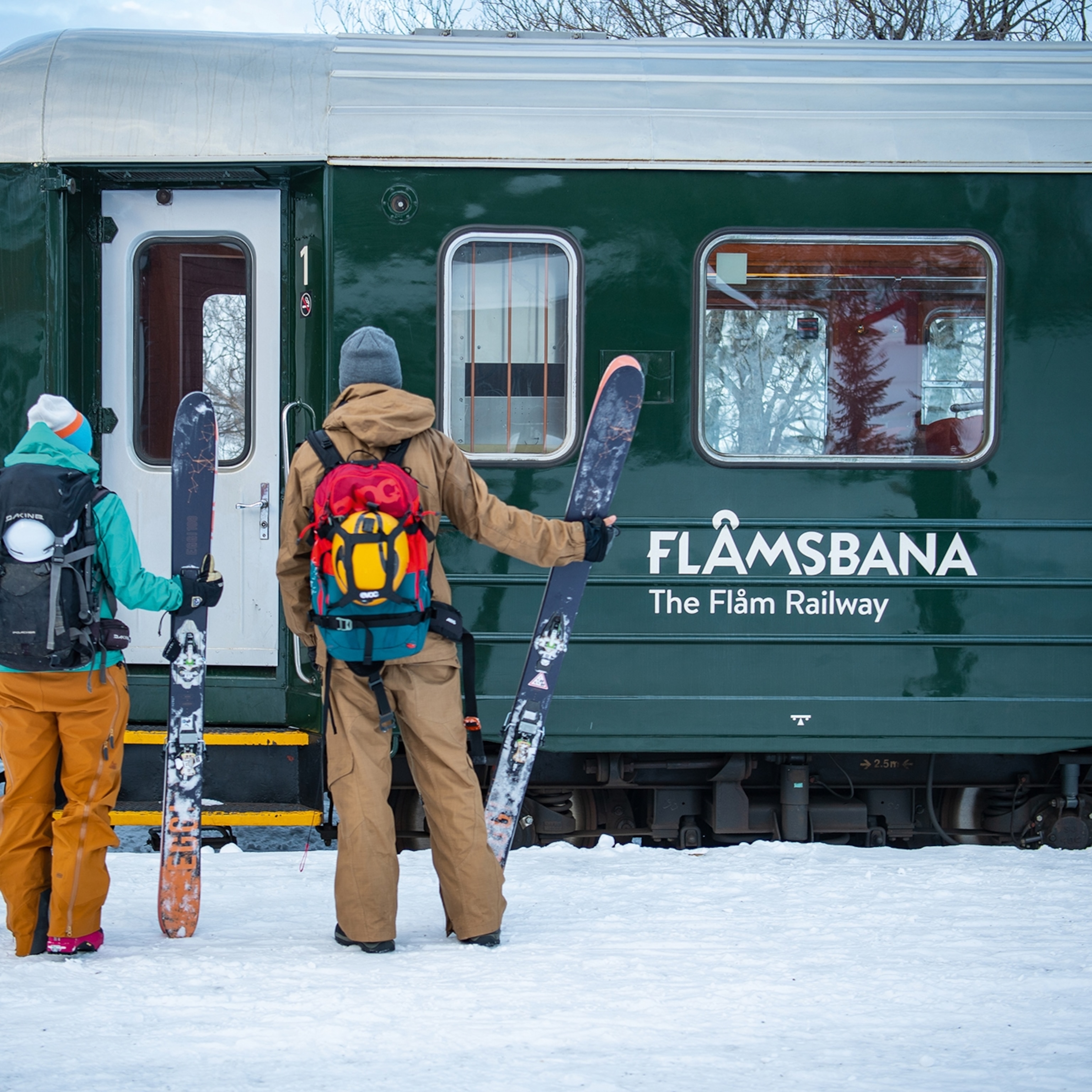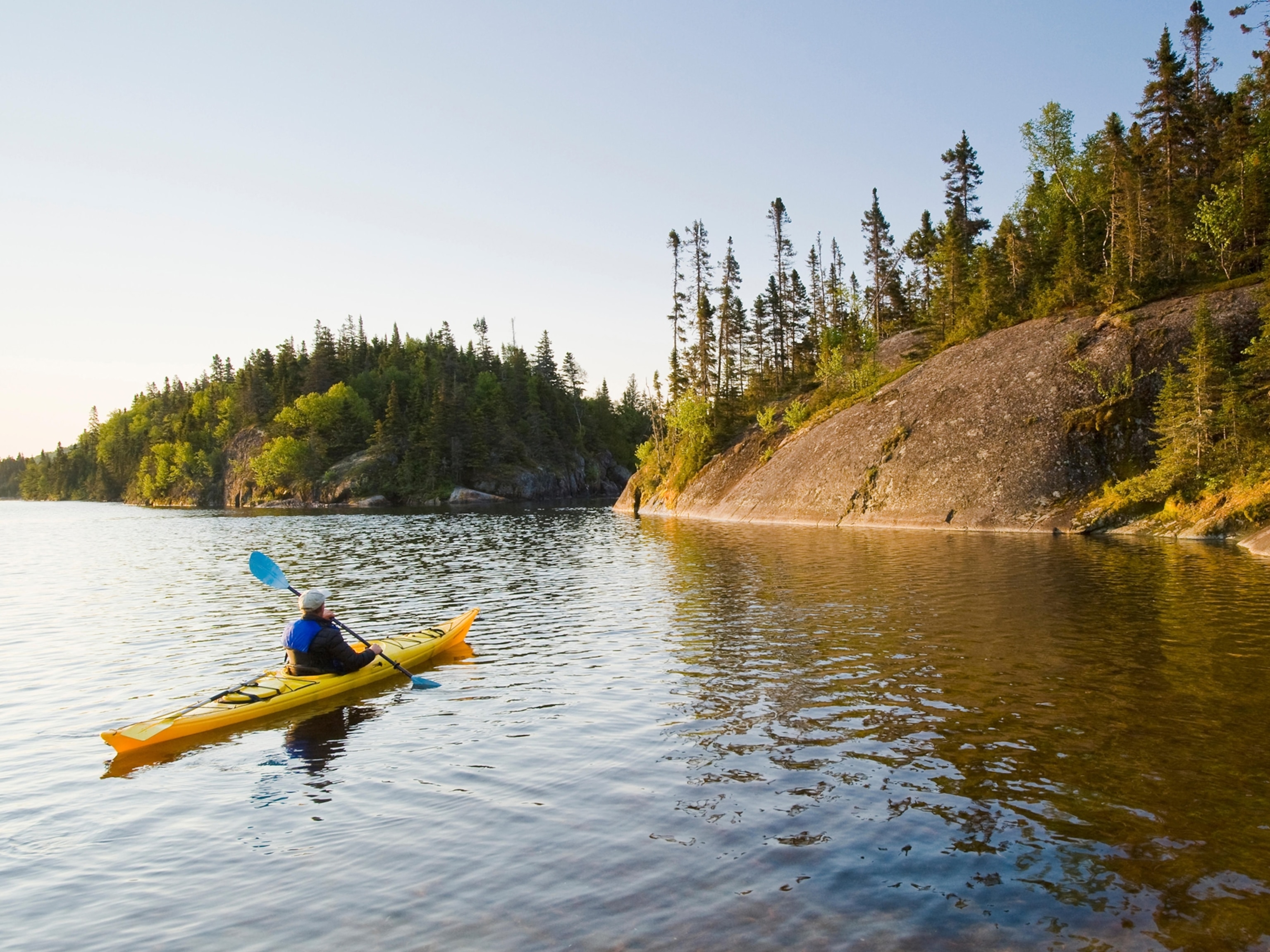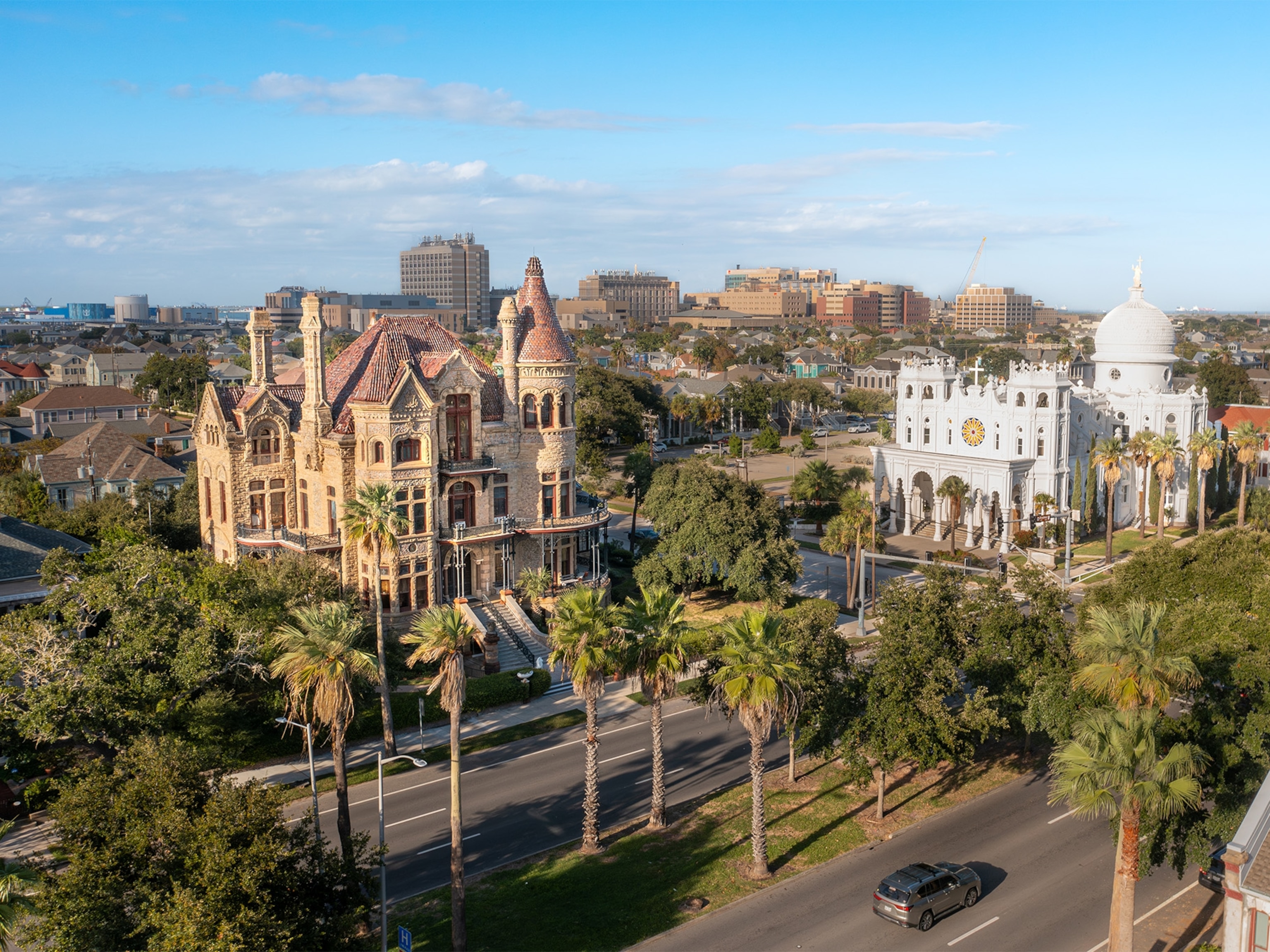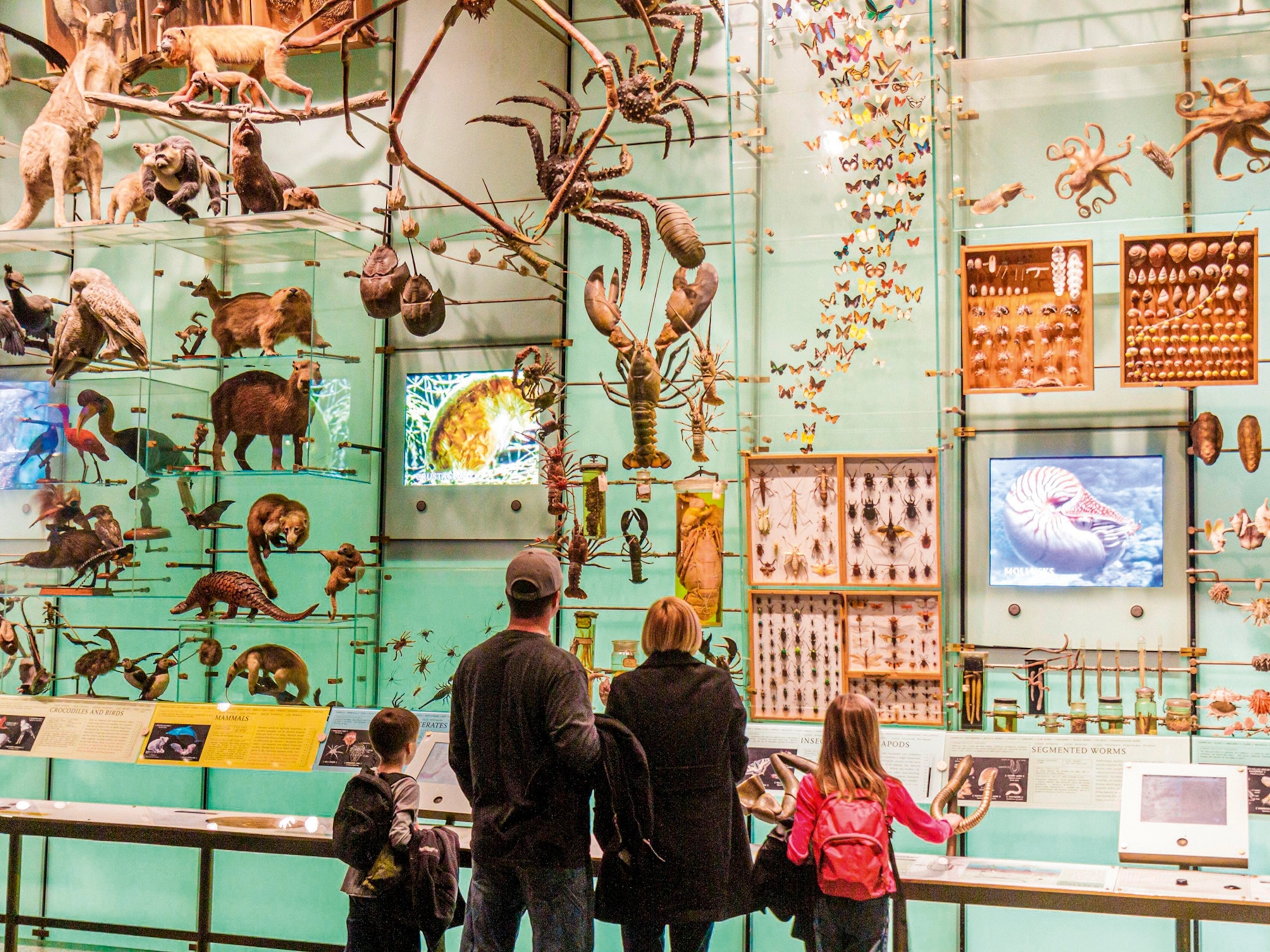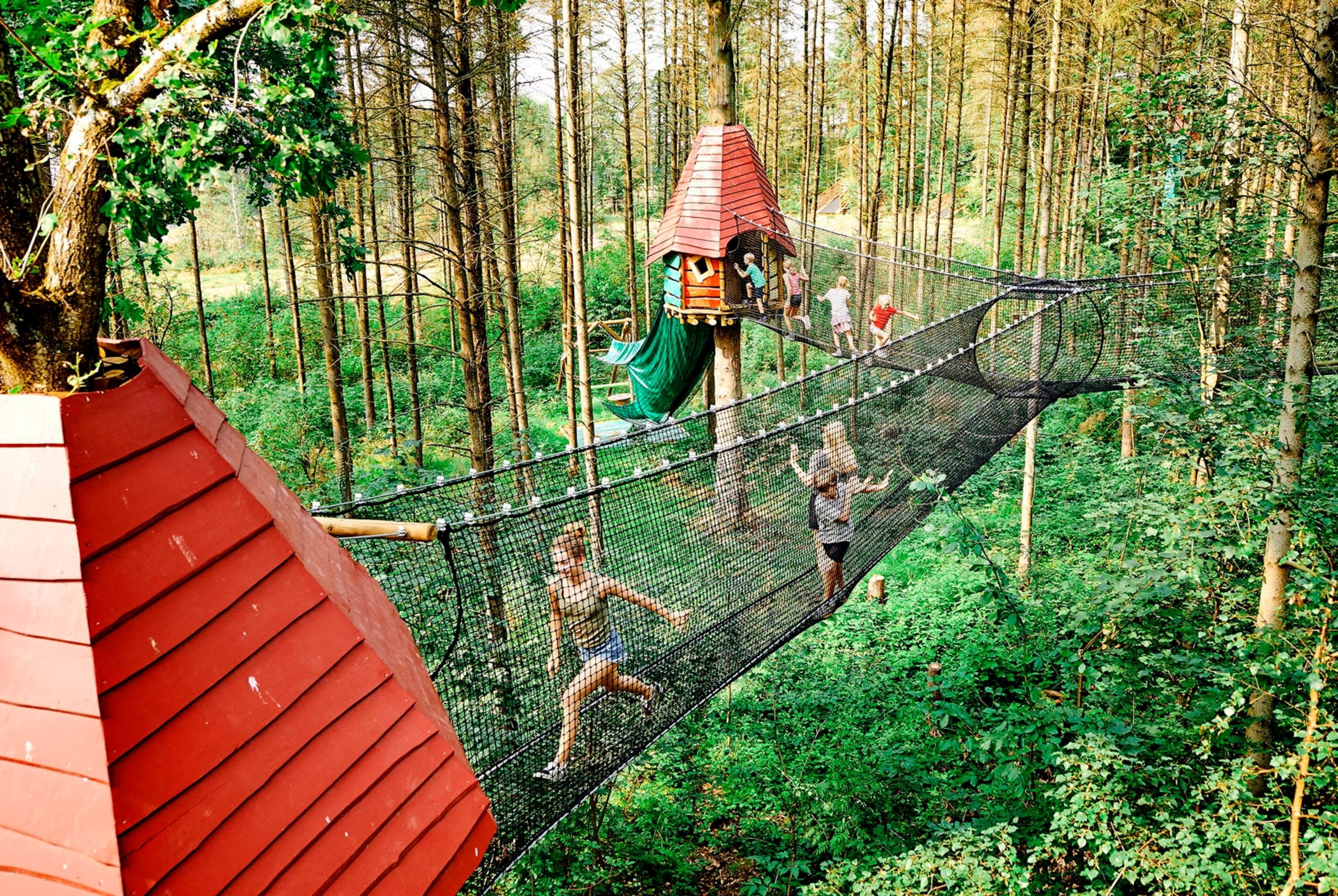
In the town that Lego built, kids rule for the day
In Billund, Denmark, a child-centered philosophy is creating a city as fun to live in as it is to visit.
If the kids of Billund, Denmark, had their way, arriving planes would travel the runway through a lit-up rainbow tunnel and passengers would be greeted by music.
Although the municipal airport authority has nixed that idea, this town of 27,000 in central Denmark continues to encourage its young dreamers to submit ideas for making their hometown even more welcoming to tourists.
(The inside story of how a 'band of misfits' saved Lego)
The children of Billund often initiate and weigh in on projects that impact their community—from playground revamps to community safety.

Youth participation isn’t a uniquely Danish concept. Globally, activists including Greta Thunberg and Malala Yousafzai have inspired their peers to become increasingly vocal on important climate change and social justice issues. The challenge has been finding adults–parents, teachers, business leaders, and politicians—willing to listen and act on their suggestions.
That receptiveness happens in Billund and—while the clear benefit is for locals—Billund mayor Stephanie Storbank say it’s something they hope will prove attractive to tourists as well.
“We know from surveys that an increasing [number] of tourists expect to learn from their holidays. We deliver on that promise, whether you visit Lego House and ‘learn through play’ or you’re inspired by how we’ve worked with our urban space,” says Storbank. “Tourists want to become more insightful and boost creativity—but they want to do it in a playful way since they’re on holiday.”
When it comes to play, Billund locals consider themselves champions.
“I’m pretty confident we’re the only city or municipality in the world that’s made it the most important task to learn through play and raise creative world citizens,” Storbank says.
In 2020, Billund became the first Danish city to join what is now a roster of almost a thousand cities in 50 countries as a UNICEF Child Friendly City. The designation celebrates communities that have committed to the UN Convention on the Rights of the Child by championing principles that include non-discrimination, equity, and a focus on a child’s best interests in community planning.
But while some cities stop there, Billund saw the designation as a stamp of approval on a bigger vision: to build on a legacy of family fun, empower local children, create a community that serves all citizens—and inspire the world.
Family-friendly fun
About a three hours’ drive northwest of Copenhagen, Billund is best known as the home of Lego. The snap-together plastic blocks were first created here in the 1940s by toy manufacturer Ole Kirk Christiansen. Now travelers come to sleep in the Legoland Castle Hotel (more comfortable than you’d imagine); interact with robots at Lego House (they’ll even serve you lunch); and marvel at the giant sculptures created by master builders at Legoland theme park. Almost two million people visited the park in 2019.

But once here, travelers will find the commitment to fun is bigger than the bricks—from water-based theme parks like Lalandia to all-natural play spaces like Wow Park. A highlight is Playline, a community-designed route that offers safe, accessible passage through the city via foot, bike, or wheelchair.
By focusing on what kids want and need, the city helps children feel valued. Daniel Trangeled, 15, says it also helps him feel safer, knowing “that any one kid—that me, even as a person who is under 18—can be part of a difference here.”
(This Copenhagen artist turns trash into giant troll art.)
The capital of children
The engine at the heart of this novel approach to community building is the Capital of Children, founded in 2010. A unique partnership that began with the Lego Foundation (the company’s charitable arm) and the municipal government now includes 11 other partners who provide financial support and expertise.
“We invite [children] to meet with the architects, urban designers, [and] politicians. And then we allow them to follow the process through to implementation,” says Charlotte Sahl-Madsen, CEO of Capital of Children (COC). “These children will have to solve problems in the future, and we need to inspire them now to do that.”

In other communities, the Child Friendly City designation has celebrated specific programs. In Lisbon, Portugal, a sports program aims at building self-confidence in low-income youth; in San Francisco, the Heron’s Head Nature Exploration Area wants kids at all income levels to have access to safe outdoor play areas; in Berbera, Somalia, local government funds are being refocused to expand healthcare offerings and eliminate poverty as a barrier to education.
While the programs are impactful, they are often adult-led.
“There are a lot of places around the world where people say they co-create with children. They include children, they invite children, or have sessions with children and ask, ‘Would you like solution one or two?’” says Sahl-Madsen. “We would like to truly, ethically co-create the world together.”
(Here’s how getting outside can build a child’s self-confidence.)
It starts in kindergarten, where “playful learning” initiatives encourage out-of-the-box thinking. In older children, independent projects and community governance opportunities are provided.
In 2019, at age nine, ShubVardaan Rastogi was one of two kids chosen to be “mayor for a day.” During his brief tenure, he called for a playground that would encourage adults to play more. “Play Contract”—part art installation, part multigenerational playground—was recently unveiled, its pink marble structures designed in consultation with more than 120 local children.
(Check out these mind-bending playgrounds around the world.)
An international example
Rastogi, now 12, is still speaking up. He was one of two co-hosts of the first International Children’s General Assembly (CGA), which welcomed 20 students from around the world to Billund last September. After local kids identified 10 global issues they wanted to address (including gender equity, digital access, and mental health), they invited 80 kids from around the world to work with them on solutions. Then, 20 of those—some from as far away as India and South Africa—traveled to Billund to share their proposed solutions and deliver a manifesto for change to the United Nations.


The CGA has brought international attention to the municipality. There have been requests from the Boy Scouts and from other UN Child Friendly Cities hoping to learn from COC methodologies.
(Meet the young activists fighting climate change.)
“There are very few cities focusing on children in this way. Too few. But there will be more and more,” says Sahl-Madsen.
Research shows that cities designed for children often have huge benefits for the elderly or differently abled adults as well.
“Children and families in Billund profit directly from our initiatives, but so do senior citizens,” says Storbank. “When we reduce the height of the curb, it’s not only beneficial for skateboarding. It also makes for a more wheelchair-accessible city.”
And if tourists also find appeal in a safe community, accessible play structures, and citizens who are open to sharing new approaches to a better global environment, that’s a win, says Sahl-Madsen. “We are very inspired by the children, but we do it for everyone.”
